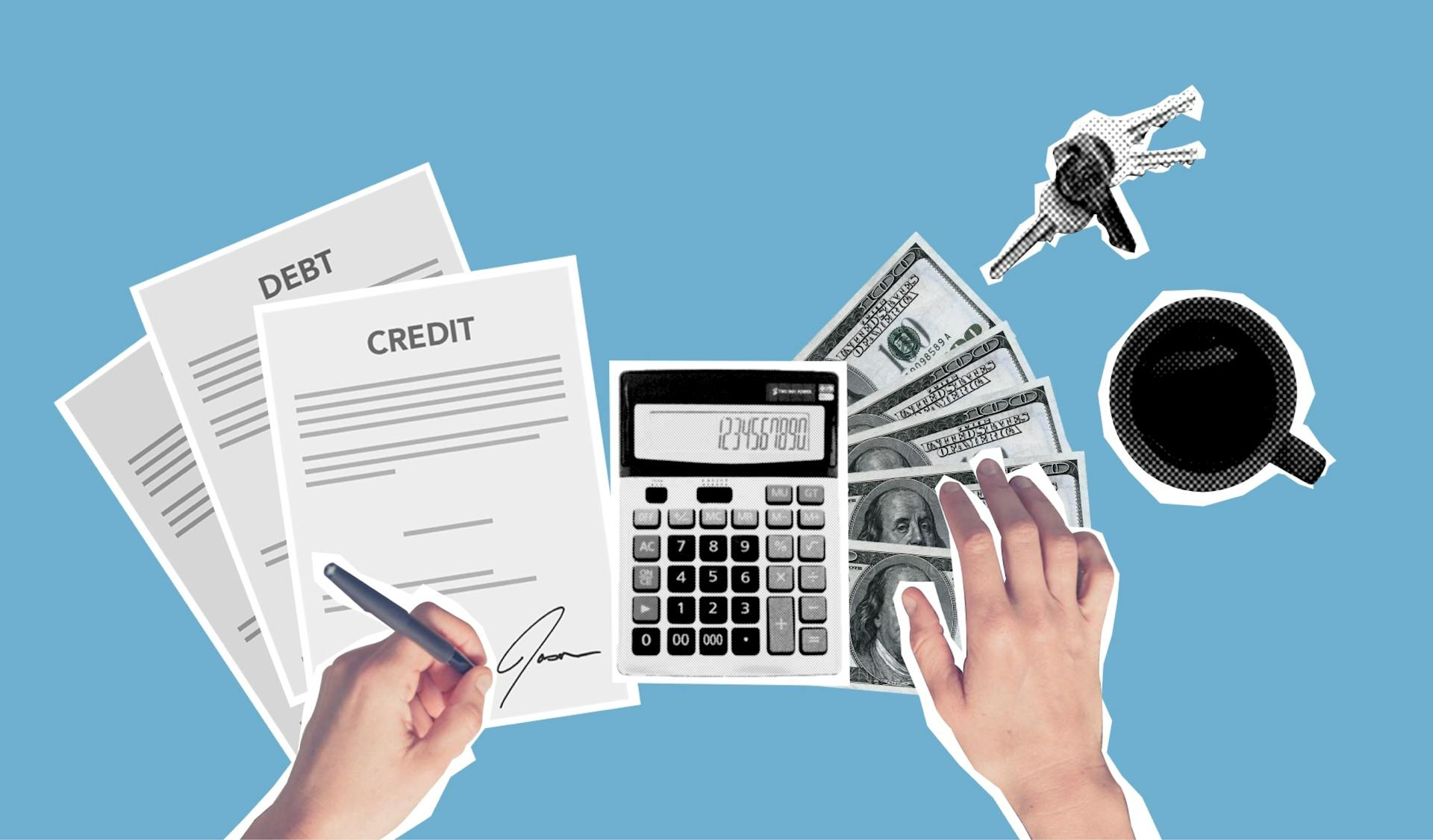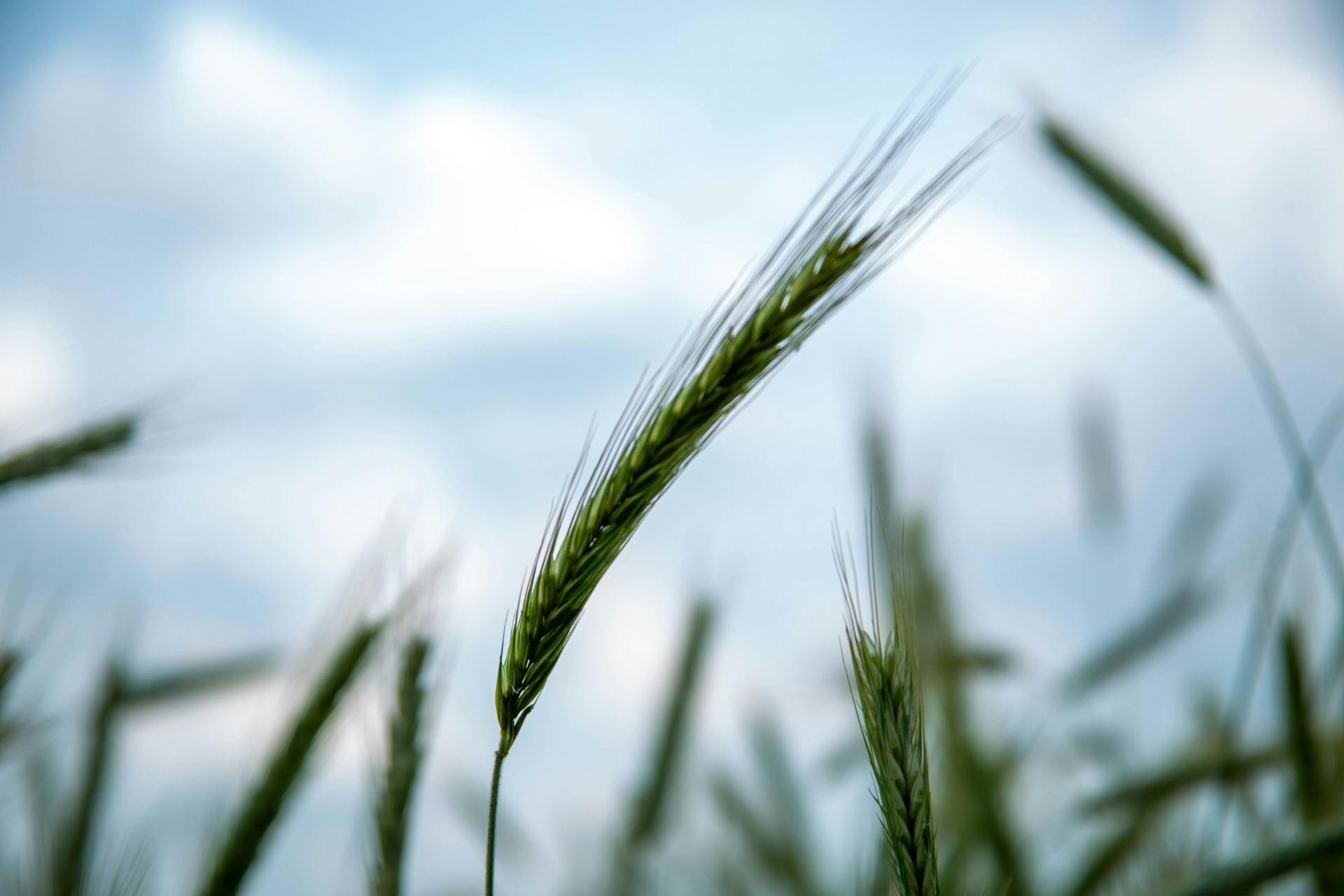
Applying for a USDA subsidized loan can be a great way to purchase a home or improve your current one, especially if you're a low-to-moderate income borrower.
The USDA offers two types of subsidized loans: Direct and Guaranteed. Direct loans are provided directly by the USDA, while Guaranteed loans are provided through private lenders.
To qualify for a USDA loan, you'll need to meet certain income requirements, which vary by area. In general, the USDA considers borrowers who have incomes at or below 80% of the area median income to be eligible.
The USDA also considers the property's location and value when determining eligibility, so be sure to check the property's eligibility on the USDA website.
Readers also liked: Rural Mortgage Loans
Who Is Eligible?
To be eligible for a USDA subsidized loan, you must meet certain requirements. You must be a U.S. citizen or permanent resident with a track record of stable income.
The home you're purchasing must be located in a rural area designated by the USDA. You can check if a property is eligible by searching the USDA website or using the USDA loan eligibility map.
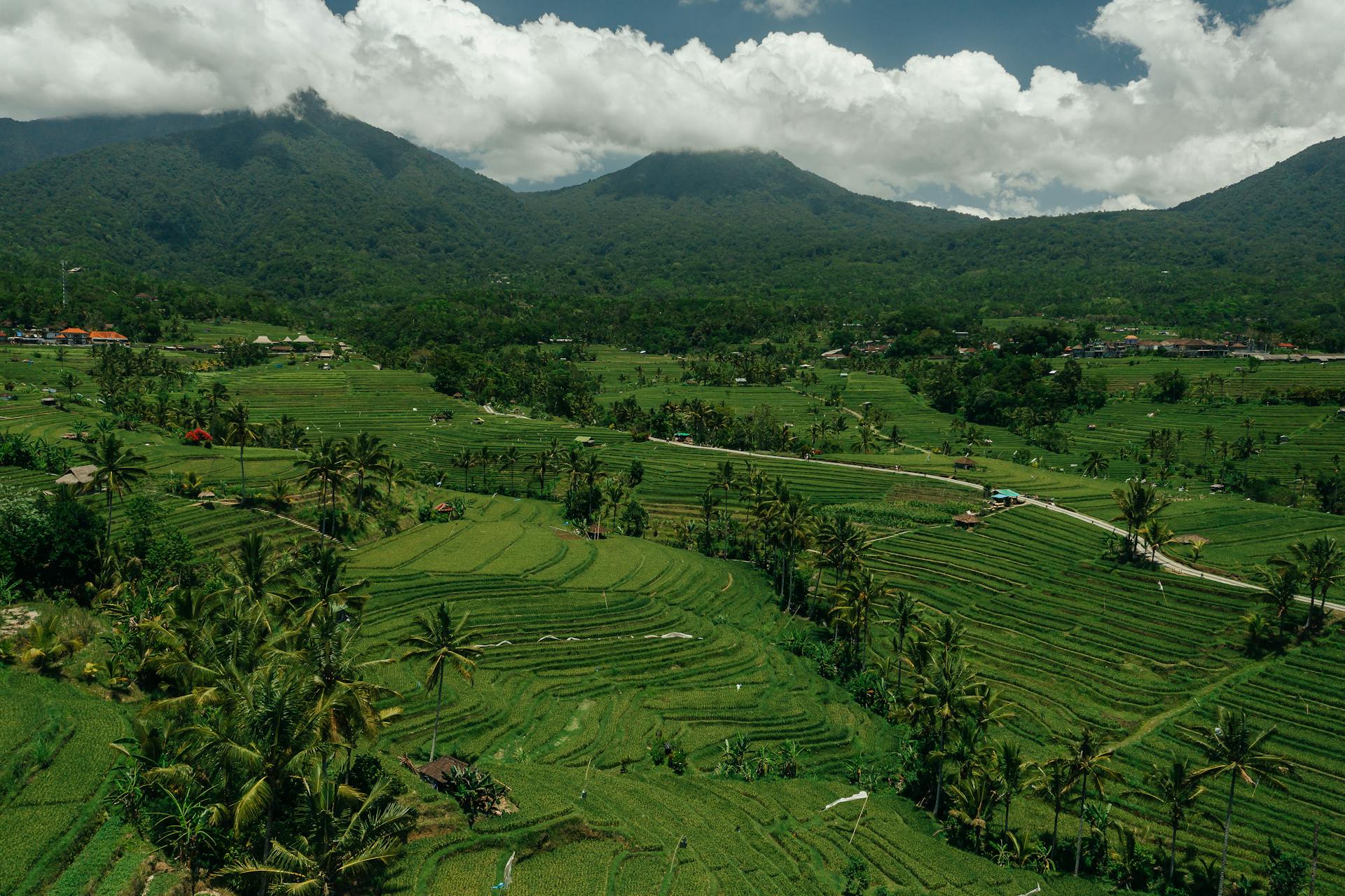
Your household income must be limited to 115 percent of the median income in the county where the property is located. To check your income eligibility, visit the USDA website.
While USDA loans have no formal minimum credit score, you must have a credit history that demonstrates you can pay back debt. A credit score of at least 620 is recommended, but a score of 640 or higher is ideal for streamlined processing.
Here are the key eligibility requirements:
- Proof of citizenship (or legal permanent residency)
- A minimum credit score of around 620
- A debt-to-income (DTI) ratio of 41% or less
- Have an income no higher than 115% of the median household income in your area
- Be financing a primary residence in a USDA-approved location
Types of Loans
There are several types of loans available for those looking to secure a USDA subsidized loan. The USDA offers a range of loan options to cater to different buyers, each with its own requirements and reasons for use.
To apply for a USDA loan, you'll need to know about the types of farm loans available, which include how to apply, what to expect once you submit your application, and your rights and responsibilities as an FSA customer.
Recommended read: Does Pattern Day Trading Apply to Options
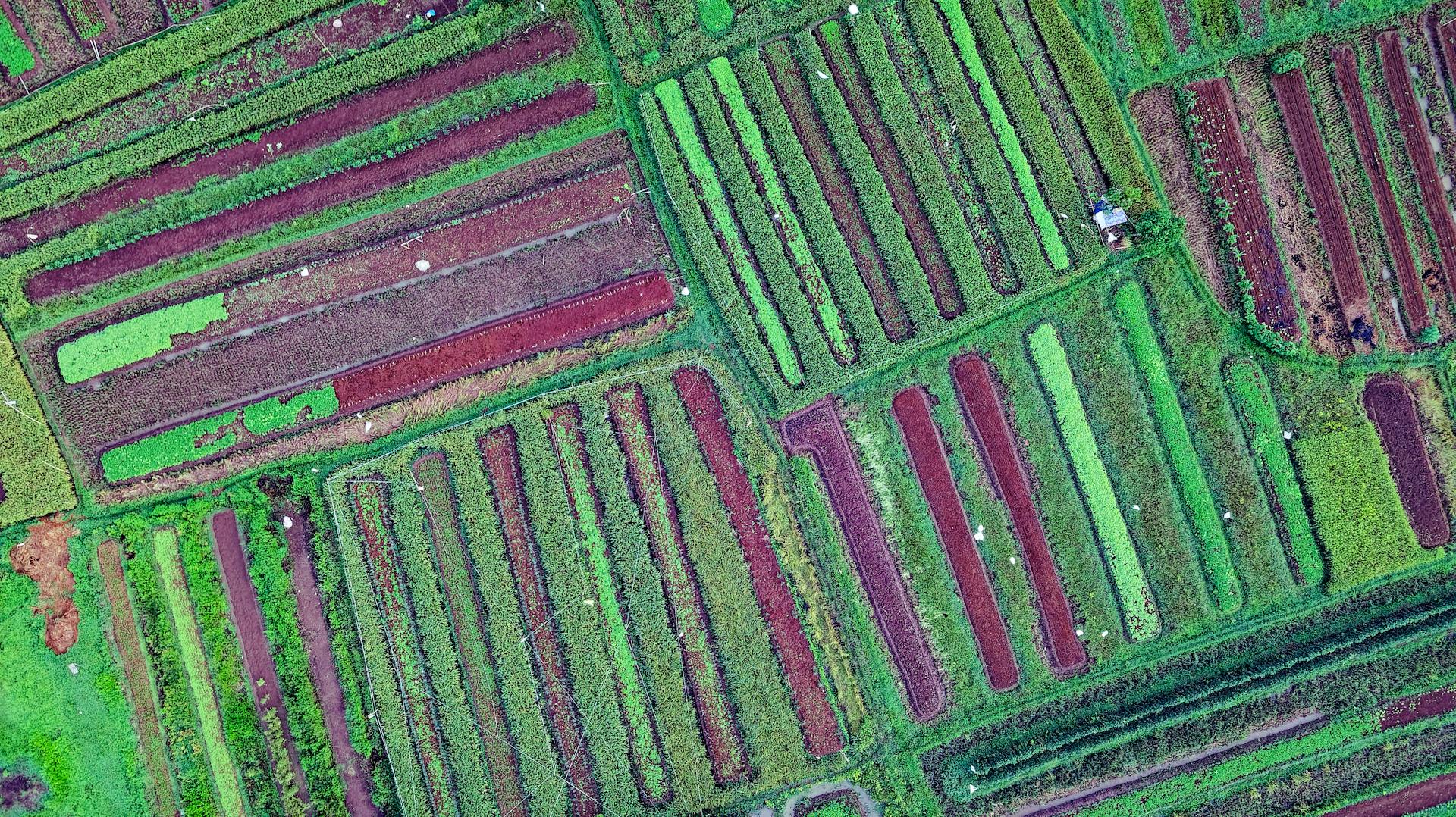
The USDA Guaranteed and Direct loan programs are the two main types of USDA home loans. They provide housing in rural areas and offer no-down-payment financing, but have different eligibility requirements.
To qualify for a USDA Guaranteed or Direct loan, you must be a U.S. citizen or legal nonresident alien and cannot be delinquent on any federal debt.
Here's a breakdown of the key differences between the two loan programs:
Loan Details
The typical loan term for a Direct USDA loan is 33 years, but it can be as long as 38 years.
Interest rates for Direct USDA loans can be as low as 1% after subsidies, but the typical interest rate is 2.5%.
To qualify for a Direct USDA loan, you'll need a debt-to-income ratio of 41% or less, unless you have compensating factors.
The interest rates for FSA loans vary by program, with rates ranging from 1.5% to 5.125%.
Here are the current interest rates for FSA loans:
Down Payment Requirements
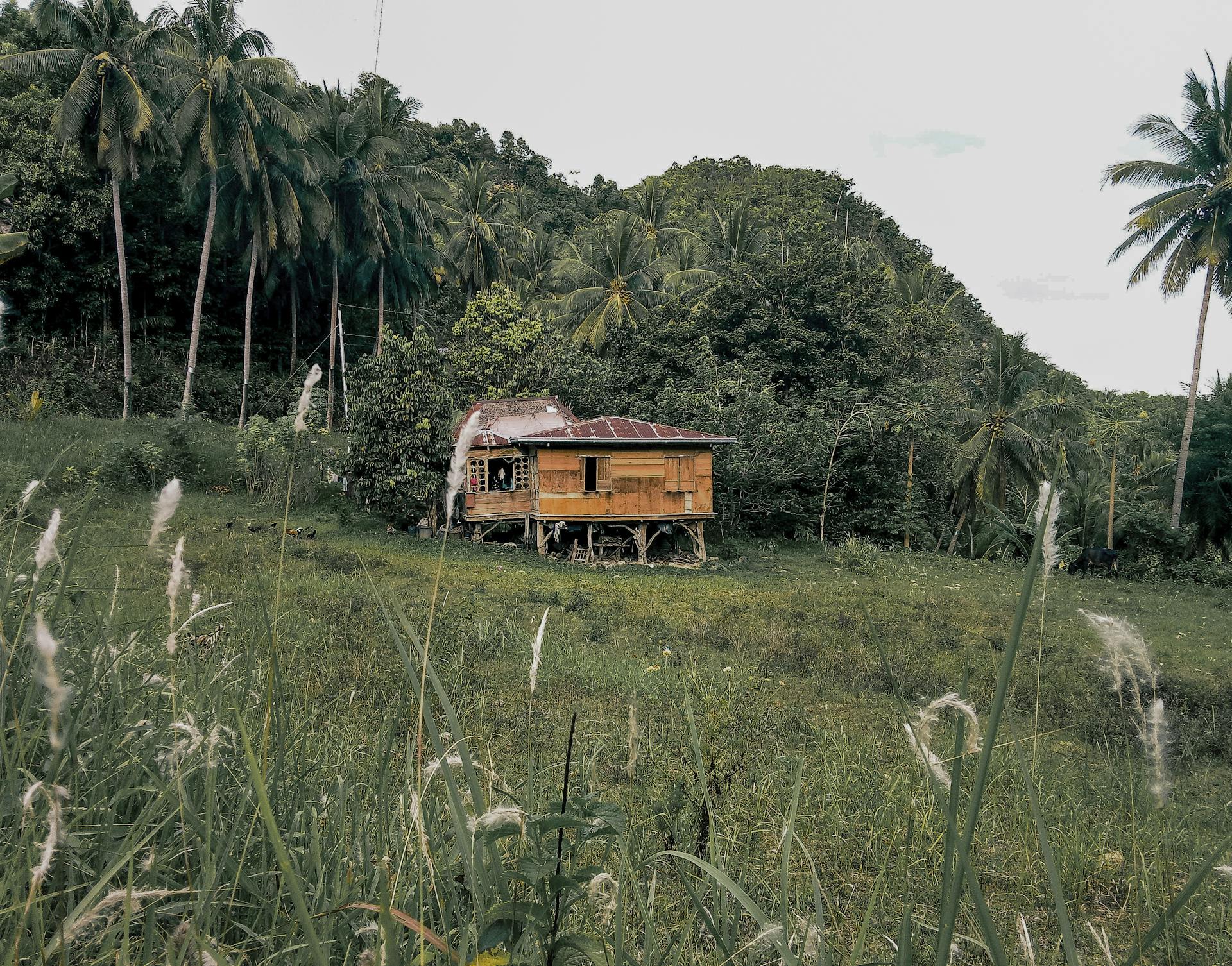
One of the best things about USDA Loans is that no down payment is required, thanks to 100% financing.
The home you're looking to buy must be located in an area with a population of 35,000 or less.
To qualify for a USDA Loan, you must have a primary residence, meaning it's the home you live in most of the time.
Income limits vary depending on where you live and the loan program, so it's essential to check those specifics.
A credit score of at least 640 is ideal for USDA Loans, but you may still qualify if your score is lower.
You cannot be delinquent on any federal debt to be eligible for a USDA Loan.
As a U.S. citizen or legal nonresident alien, you're eligible to apply for a USDA Loan.
A unique perspective: How Much Usda Mortgage Can I Qualify for
Direct
Direct loans are made directly from the FSA to the farmer or borrower. This can be beneficial for those who need a loan quickly.
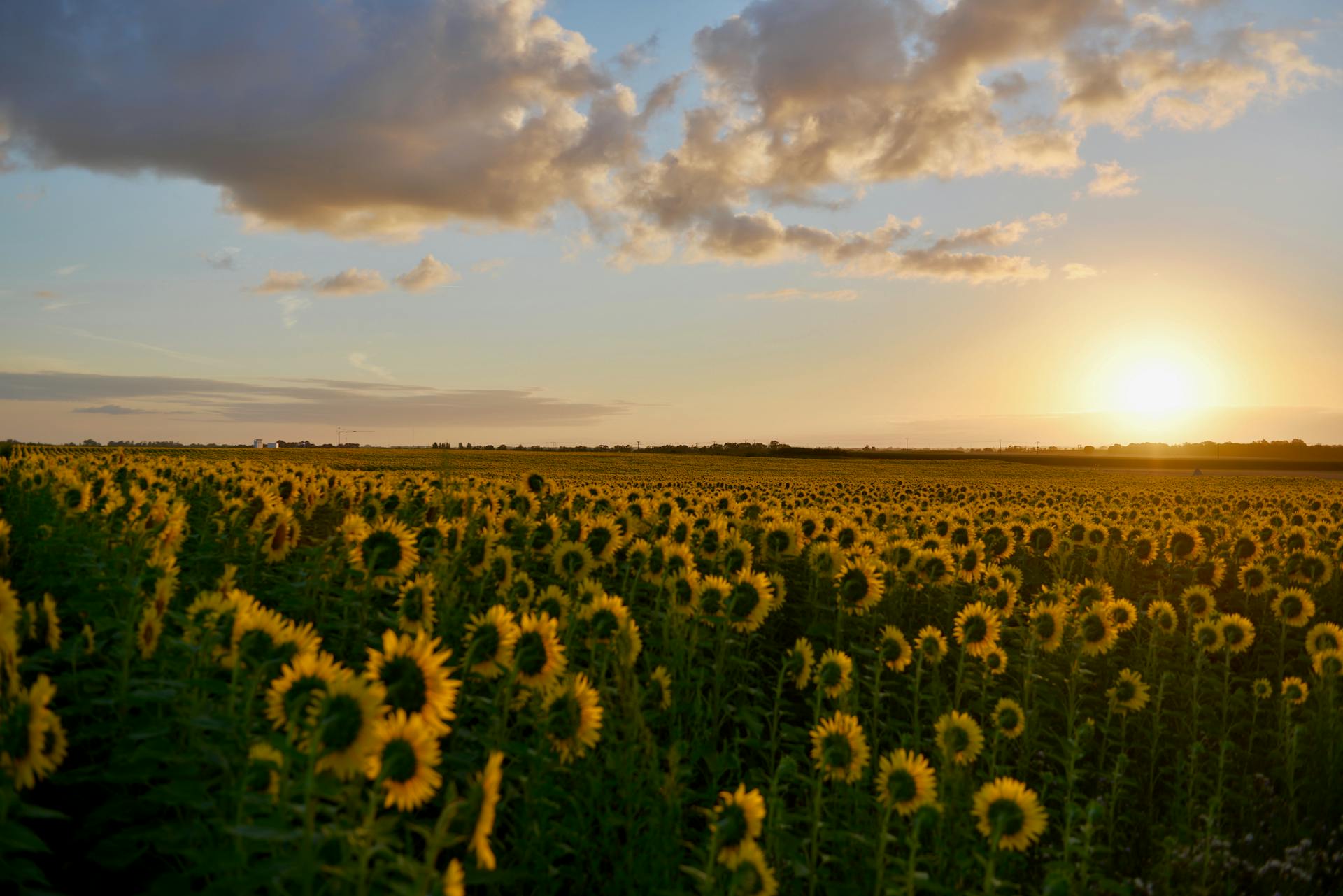
Direct USDA loans come straight from the USDA and are for very low- and low-income borrowers who can't get an affordable mortgage from other sources. The typical loan term is 33 years, but loan terms can be for as long as 38 years.
The interest rate on Direct USDA loans can be as low as 1% after subsidies. However, the current rate for a USDA Single Family Housing Direct Loan is 4.75 percent for borrowers who qualify.
To qualify for a Direct USDA loan, you must have a debt-to-income ratio of 41% or less, unless there are compensating factors such as a history of comfortably spending a higher percentage of income on housing. Your credit score should ideally be at least 640.
Here are the key requirements for a Direct USDA loan:
- Debt-to-income ratio: 41% or less
- Credit score: Ideally 640 or higher
- Income limit: Low and very low income, varying by county and household size
- Property location: Rural area with a population of 35,000 or less
- Home size: 2,000 square feet or less
- Property size: Small enough that it can't be subdivided into smaller parcels under local zoning laws
Note that the interest rates for Direct loans can vary depending on the program. For example, the interest rate for a Farm Operating - Direct loan is 4.500%.
If this caught your attention, see: How Quickly Would I Get a Direct Subsidized Student Loan
Cost

The cost of a USDA loan can be broken down into several fees. The upfront guarantee fee is 1 percent of the loan amount, which can be rolled into the mortgage instead of paying it out of pocket.
You'll also need to consider the annual fee, which is 0.35 percent of the loan amount. This fee is charged to the lender, who then passes the cost on to the borrower.
Some lenders may charge an origination fee, which usually costs around 1 percent of the amount you're borrowing. This fee is in addition to the upfront guarantee fee.
Other costs associated with a USDA loan include loan application fees, title insurance and services, processing or underwriting fees, and credit report fees. These fees vary depending on the lender and the specific loan.
As the homebuyer, you'll also be responsible for paying for the home appraisal, which costs a median of $500 in 2023, according to the National Association of Realtors.
Take a look at this: What Are Class B Shares
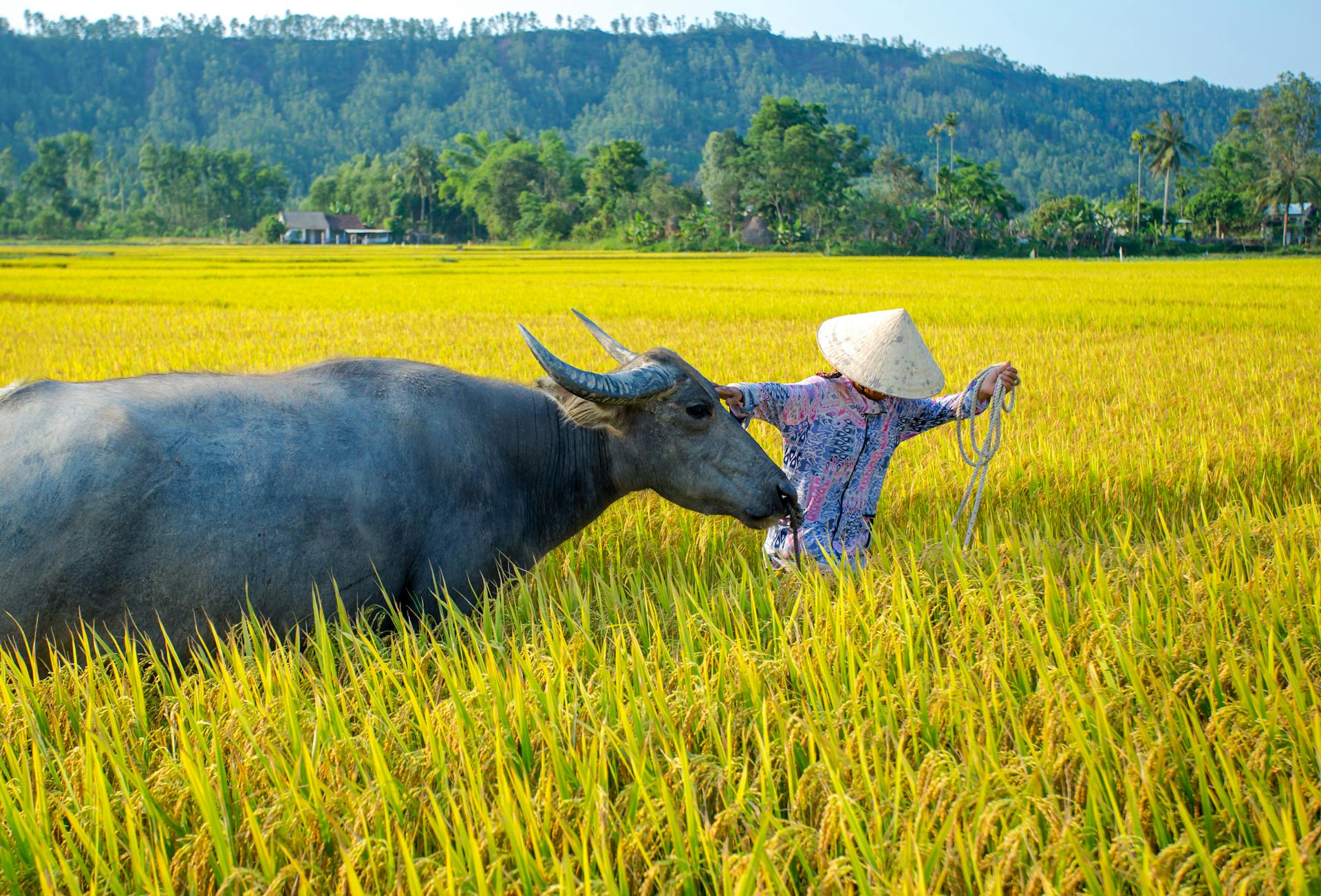
Here's a breakdown of the estimated costs associated with a USDA loan:
Keep in mind that these fees can change annually, and some lenders may charge additional fees. It's essential to factor these costs into your budget when considering a USDA loan.
Application Process
To start the application process for a USDA subsidized loan, you'll need to gather various documents. Proof of income and employment is required, including pay stubs, tax returns, and W-2 statements. You'll also need to provide documentation of financial assets, such as bank statements.
You'll need to submit paperwork about your finances, including income, assets, and debt, and undergo a credit check. This will help lenders determine your eligibility for the loan. To ensure you're eligible, consult the USDA property and income eligibility maps.
To apply for a guaranteed loan, you'll need to research the USDA's list of approved lenders and shop around for the best loan terms. For a direct loan, you'll need to submit an application to USDA Rural Development. You can start your application process and get preapproved by clicking on the provided link.
Worth a look: Mortgage Loans Based on Bank Statements Not Taxes

Here are the key documents you'll need to apply for a USDA loan:
- Proof of income and employment (pay stubs, tax returns, W-2 statements etc.)
- Proof of citizenship and home location
- Documentation of financial assets (bank statements, etc.)
- Residential history (previous two years’ worth)
- Your credit history (it’s also a good idea to check your credit report - not score - here)
- Identity information like your driver’s license, Social Security card, and date of birth in order to apply
Government Assistance Options
The USDA offers two home loan programs to help eligible buyers with low to moderate incomes purchase homes in rural areas and small towns.
With the Section 502 Guaranteed Loan, 90% of the loan amount is backed by the USDA, allowing lenders to offer these loans with a fixed rate and no down payment.
The USDA also issues Direct Loans to eligible buyers who can't get an affordable mortgage from other lenders and who don't have decent, safe, and sanitary housing.
You can get a loan of up to $40,000 through the USDA repair loan program (Section 504 Home Repair) to help improve or fix a home.
Grants are available through the program for very low-income homeowners aged 62 or older to help remove hazards in the residence, capped at $10,000.
Here are the key details of the USDA's home loan programs:
- Section 502 Guaranteed Loan: 90% loan guarantee, fixed rate, no down payment
- Section 502 Direct Loan: issued by USDA for eligible buyers with no other affordable mortgage options
- Section 504 Home Repair: loans up to $40,000 for home improvements, grants up to $10,000 for low-income seniors
Frequently Asked Questions
Do you have to pay back USDA subsidies?
Yes, USDA subsidies are subject to recapture, which means you'll need to pay back the subsidy amount in full before selling the property. This is because the subsidy is considered a lien against the property, tied to the mortgage or deed of trust.
What is the income limit for a USDA loan in Kentucky?
For a USDA loan in Kentucky, the standard income limit for 1-4 member households is $112,450, while for 5-8 member households, it's $148,450. Check the USDA website for specific income limits in your area.
Featured Images: pexels.com
